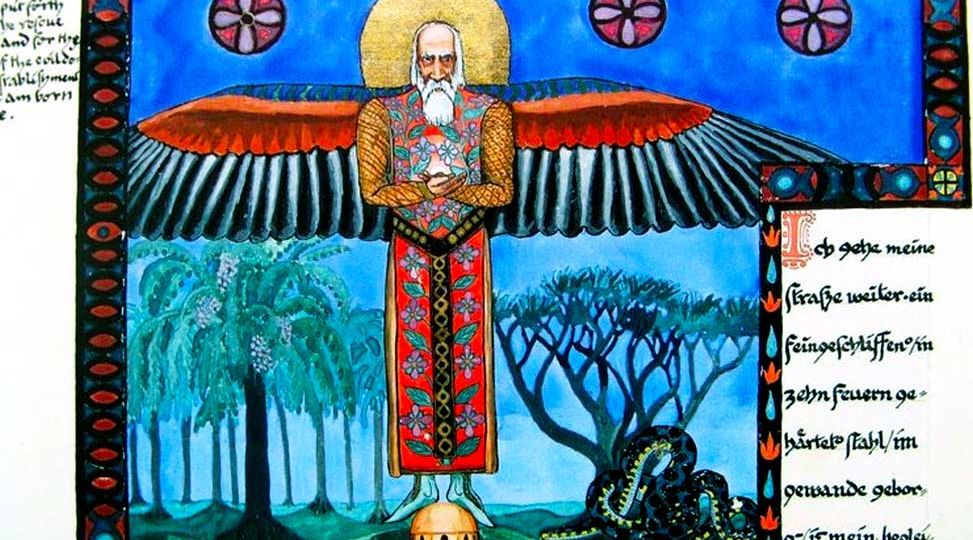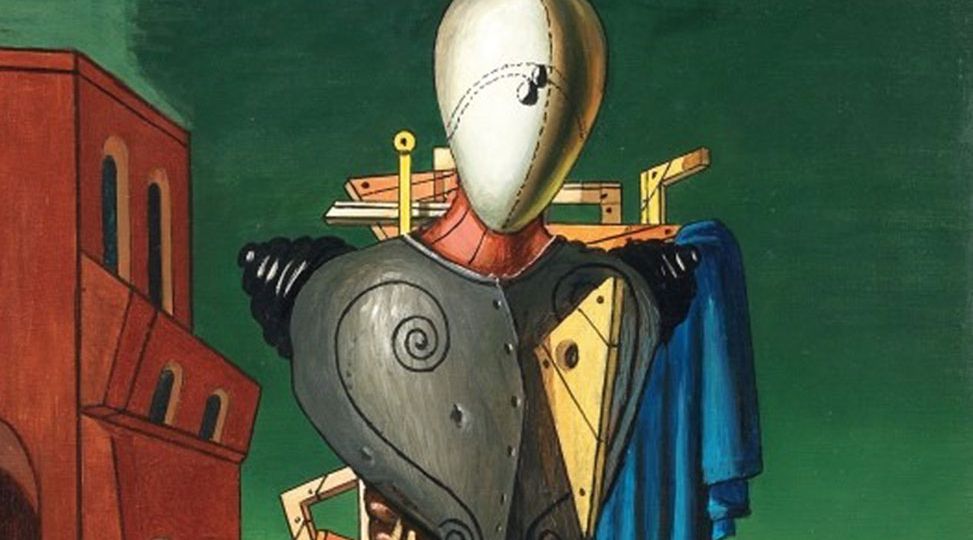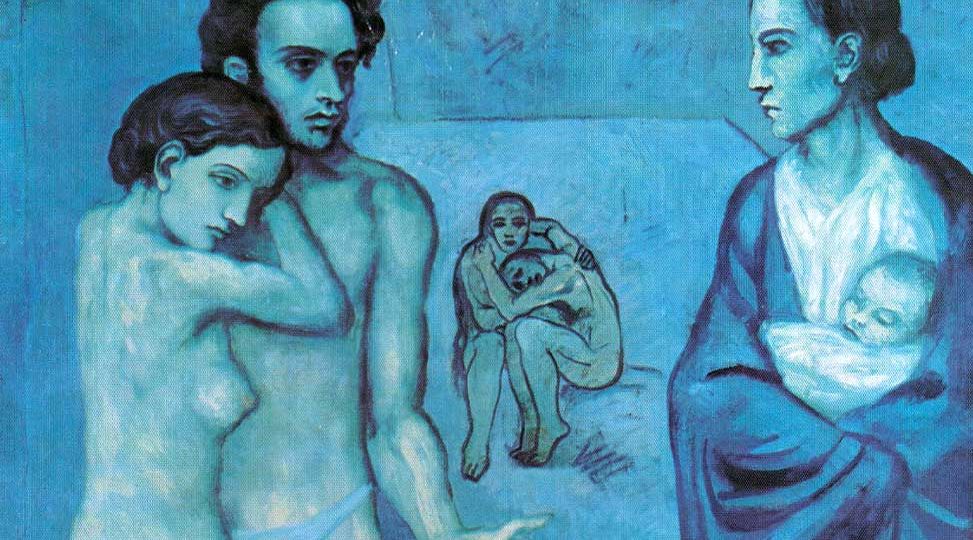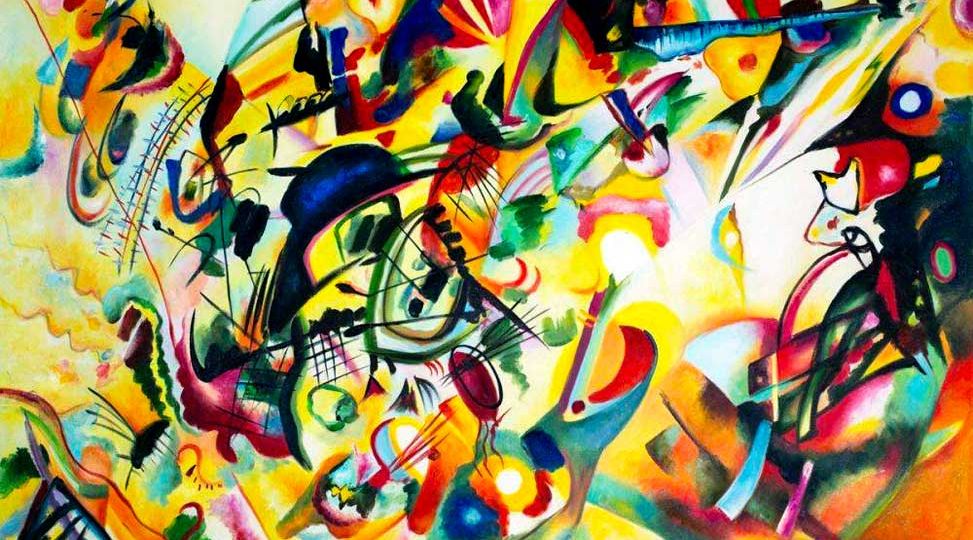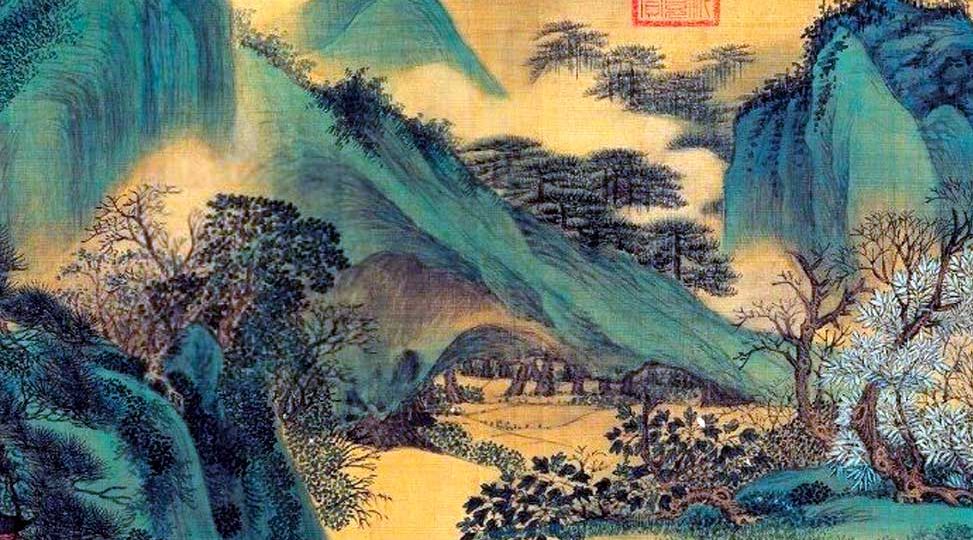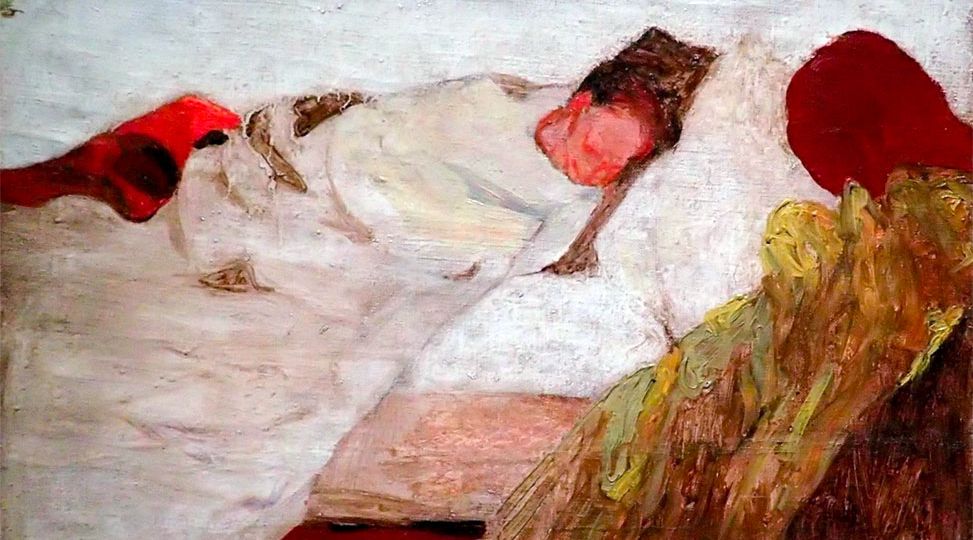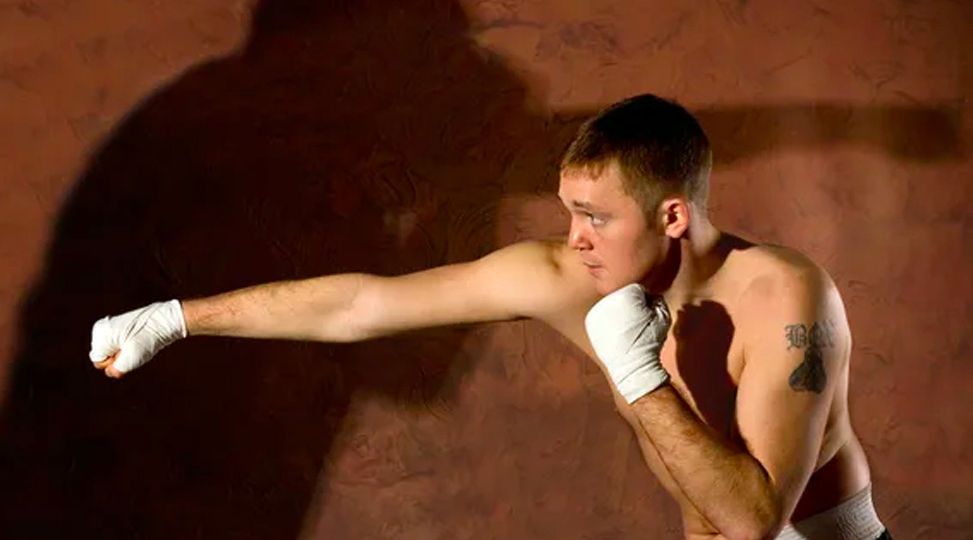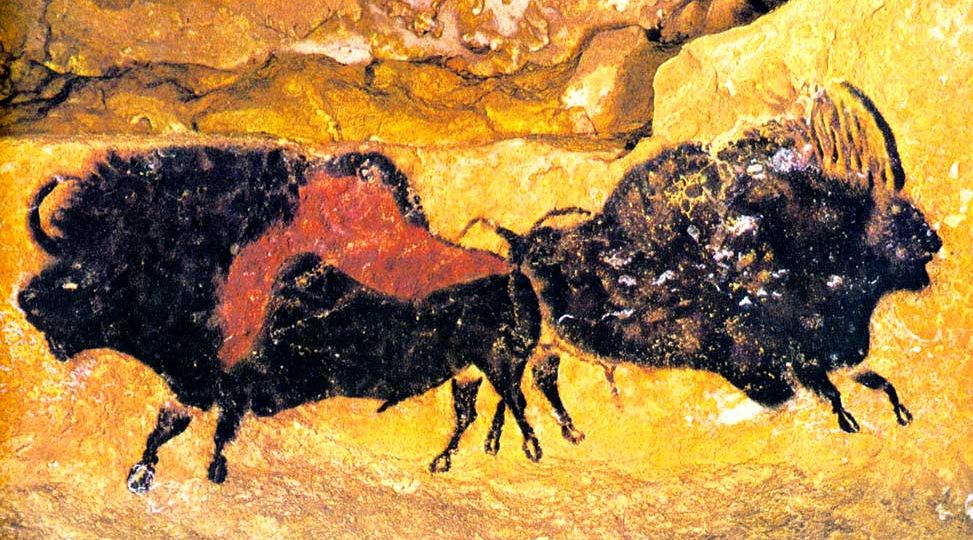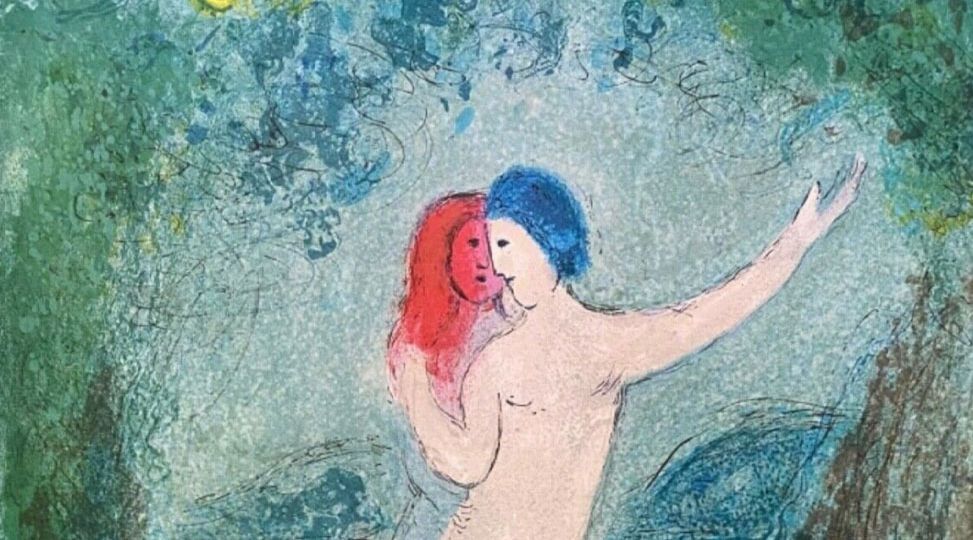First comes the development of the Hero; next is the “fall,” which brings awareness that something is missing, leading to the rejection of the heroic inflation and the longing for more. Then comes the real “journey,” holding the tension between our highly conscious dominant/superior function and our much less conscious inferior function.
Anima
“Everything has a purpose, clocks tell you the time, trains take you to places. Machines never come with any extra parts, you know. They always come with the exact amount they need. So I figured if the entire world was one big machine, I couldn’t be an extra part. I had to be here for some reason. And that means you have to be here for some reason, too. ”
To the degree that the type community has engendered awareness of alternative ways of encountering the world, one another, and oneself, it is engaged in a critically important service. Lest we forget, however, that the process of growth is often perilous, it is occasionally useful to remind ourselves of these perils.
Our often-used shorthand illustration with a line drawn between the four allegedly conscious function-attitudes and the four “unconscious” ones is misleading because consciousness is not a sufficiently reliable characteristic for distinguishing these two sides of the psyche’s typology. It’s related to what distinguishes them, but only as a secondary and fairly unpredictable characteristic.
China has emphasized Se and Ne, leaving itself at present with a relatively weak Ni, even though Ni is China’s natural superior function and its historical birthright. A strong Ni, for example was the consciousness that gave birth to the three great Chinese religions: Confucianism, Taoism, and Buddhism, all of which anticipated Jung’s notion of the Self.
In a dream she showed up as twins. One who was quiet and could play by herself (like her father, Ti) and the other who was very precocious as she hung upside down from a tree (like her mother, Te), reflecting the inherent nature of the Opposing Personality. From the outset of our work her battle seemed to reflect inferiority about not being an extravert.
Fight Club’s accomplishment is to elicit in us the instinctive fear, resistance, and embarrassment we all experience around the domain of our inferior function, whichever function that may be for us. The reward for sticking with the movie until the end is a catharsis that feels as if we have integrated our own inferior function.
The ego asks why anyone in his or her right mind should actually allow the troublesome aspects of his or her personality to be expressed. Jung’s answer is “for the development of character.” …For Jung, the inferior function is thus not just a trouble-maker extraordinaire, it is a moral exigency as well.
I think many of us would be quick to put our inferior and embarrassing Anima on the pyre, and happily satiate our Heroes. But the Hero needs to sacrifice its preeminence and allow the Anima to experiment and thrive if we are to find ourselves truly committed to what we do, not to mention fulfilled by it.


